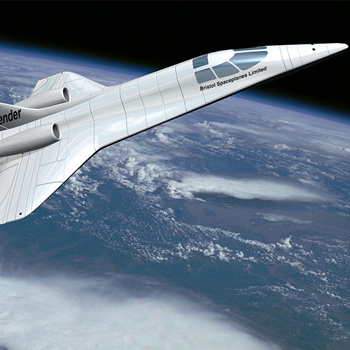How could I compare a SYSTEM of linear second-order partial differential equations with two different functions within them to the heat equation? Please also provide a reference that I can cite in my paper.
In particular, for a paper, I am looking to compare this equation
#ie^(4omegat) (delPhi)/(delt)+(del^2Phi)/(dely^2) = 0#
to the forward heat equation in one dimension,
#(delu)/(delt)-(del^2u)/(delx^2) = 0# ,
and the backward heat equation in one dimension,
#(delu)/(delt)+(del^2u)/(delx^2) = 0# ,
where #omega# is a constant and #i# is the familiar imaginary unit.
My problem is, anytime I multiply by #i# , it can look like either the forward or backward heat equation, and I can't just have it look like either one arbitrarily...
I tried rewriting #Phi# in terms of parts with real and imaginary coefficients:
#\Phi(y,t) = N \text{exp}(\frac{i\epsilon}{4\omega}e^{-4\omega t})sin(\sqrt{\epsilon}y)#
#= N [cos(\frac{\epsilon}{4\omega}e^{-4\omega t})+isin(\frac{\epsilon}{4\omega}e^{-4\omega t})]sin(\sqrt{\epsilon}y)#
#= stackrel(Phi_{re})overbrace(Ncos(\frac{\epsilon}{4\omega}e^{-4\omega t})sin(\sqrt{\epsilon}y)) + istackrel(Phi_{im})overbrace(Nsin(\frac{\epsilon}{4\omega}e^{-4\omega t})sin(\sqrt{\epsilon}y))#
where #epsilon# and #N# are constants too. I could then write this as:
#= \Phi_{re} + i\Phi_{im}#
However, when I plug it back into the PDE, I get a system of PDEs with mixed functions...
#e^{4\omega t}\frac{\partial\Phi_{im}}{\partial t} -\frac{\partial^2\Phi_{re}}{\partial y^2} = 0#
#e^{4\omega t}\frac{\partial\Phi_{re}}{\partial t} + \frac{\partial^2\Phi_{im}}{\partial y^2} = 0#
How can I still compare to the forward and/or backward heat equation? Please help soon, this is due by Friday April 28 for a 15-page paper. I am almost done, except for this.
Classifying these wasn't a problem (they are both parabolic). It's the comparison to the heat equation that's giving me trouble.
In particular, for a paper, I am looking to compare this equation
#ie^(4omegat) (delPhi)/(delt)+(del^2Phi)/(dely^2) = 0#
to the forward heat equation in one dimension,
#(delu)/(delt)-(del^2u)/(delx^2) = 0# ,
and the backward heat equation in one dimension,
#(delu)/(delt)+(del^2u)/(delx^2) = 0# ,
where
My problem is, anytime I multiply by
I tried rewriting
#\Phi(y,t) = N \text{exp}(\frac{i\epsilon}{4\omega}e^{-4\omega t})sin(\sqrt{\epsilon}y)#
#= N [cos(\frac{\epsilon}{4\omega}e^{-4\omega t})+isin(\frac{\epsilon}{4\omega}e^{-4\omega t})]sin(\sqrt{\epsilon}y)#
#= stackrel(Phi_{re})overbrace(Ncos(\frac{\epsilon}{4\omega}e^{-4\omega t})sin(\sqrt{\epsilon}y)) + istackrel(Phi_{im})overbrace(Nsin(\frac{\epsilon}{4\omega}e^{-4\omega t})sin(\sqrt{\epsilon}y))#
where
However, when I plug it back into the PDE, I get a system of PDEs with mixed functions...
#e^{4\omega t}\frac{\partial\Phi_{im}}{\partial t} -\frac{\partial^2\Phi_{re}}{\partial y^2} = 0#
#e^{4\omega t}\frac{\partial\Phi_{re}}{\partial t} + \frac{\partial^2\Phi_{im}}{\partial y^2} = 0#
How can I still compare to the forward and/or backward heat equation? Please help soon, this is due by Friday April 28 for a 15-page paper. I am almost done, except for this.
Classifying these wasn't a problem (they are both parabolic). It's the comparison to the heat equation that's giving me trouble.
1 Answer
Explanation:

